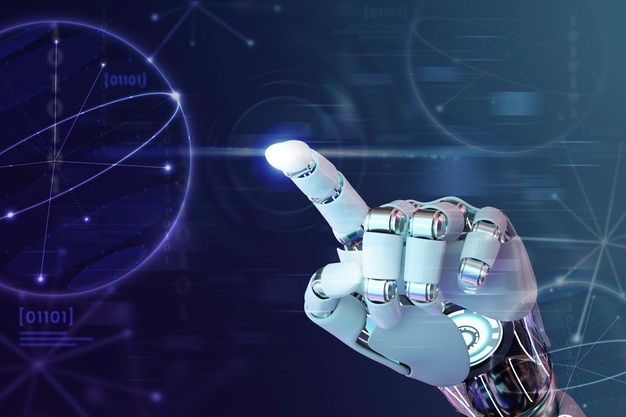Artificial Intelligence is the mother of various inventions that man couldn’t have thought of sometime back in the wildest of his dreams.
There are many artificial intelligence applications, and the most sought-after application is Machine Learning. Some other applications include pattern recognition, autonomous systems, predictive analysis, and many more.
The execution of all the AI projects has become easy and smooth with the help of machine learning models. Building a Machine learning model is no different than creating a product, but a cumbersome one. It needs expertise and skill for sure.
7 Steps in Building the Machine Learning Model
To design a Machine Learning model developers must follow some steps and these are:
1. Identifying of the Problem
The initial step of any machine learning-based project is the deal-breaker. It involves understanding the most critical business requirements, understanding the problem before attempting to decode it.
Firstly, apprehend the project’s main objectives and basic requirements and reshape the acquired knowledge into a business problem definition. Last but not least, an opening plan is formulated for attaining the project’s objectives.
2. Data Identification
Once the business problems have been identified, the next phase is data identification. It is essential to understand the working of the model, specifically on real-world data. A machine learning model is catalyzed by learning from training data and applying that understanding to the new data. The main requirement is that the data needs to be in good shape.
This step involves identifying data, initial requirements, collection, the quality of collected data, and the data insights. The core of this step is to manage both the quality and quantity of data.
3. Preparation and Collection of Data
After data identification, data collection begins. It involves data investigation. The business data is shaped to be utilized further for the training of the business model. Efforts are made to obtain accurate and timely data for the analysis.
The data quality will directly impact the operation and efficiency of the business model. Web scraping can also be used to collect information from several sources.
The next step after gathering the information is to prepare and visualize the data. It involves pre-processing data by elimination, normalization, error correction, and removal of any duplicacy. The data preparation consists of data cleansing, data augmentation, normalization and aggregation, transformation, and data labelling.
4. Choosing and Training Machine Model
After reaching this stage, understanding the problem being solved is developed. The data is now finally in its usable shape. The next step is to select and train the machine model. Various models can be chosen according to the selected business objectives.
The model selection includes multiple steps like classification, prediction algorithms, clustering, deep learning, linear regression, etc. The data sets have to be trained to operate smoothly.
Training the machine model involves quite a few algorithms and techniques. The outcome machine model can be utilized for evaluation and check whether it meets the operational and business requirements.
5. Evaluation
Evaluation phase assures the quality of a machine learning approach. The machine will have to be checked against the evaluation data set containing inputs that the model does not know. Also, verification of the precision of the already trained model is essential.
If the accuracy is less than or equal to 50 percent, the model won’t be helpful since it would work on randomness. If the accuracy reached is 90 percent or more, one can be confident about the model’s results.
6. Adjustment of the Model
After evaluation, the next important step is adjustments of the machine model. It is the right time to see how the model works in the real world. This stage is also called model operationalization. It involves deployment and the monitoring of the machine learning model.
7. Prediction
It is now time to use machine learning models in real-life conditions.
Conclusion
Once you get the hang of the procedure of your ML model, you can test the facsimile of your solution. To attain success, one should seek continuous advancements and improvements in the machine learning model.
Also Read:
